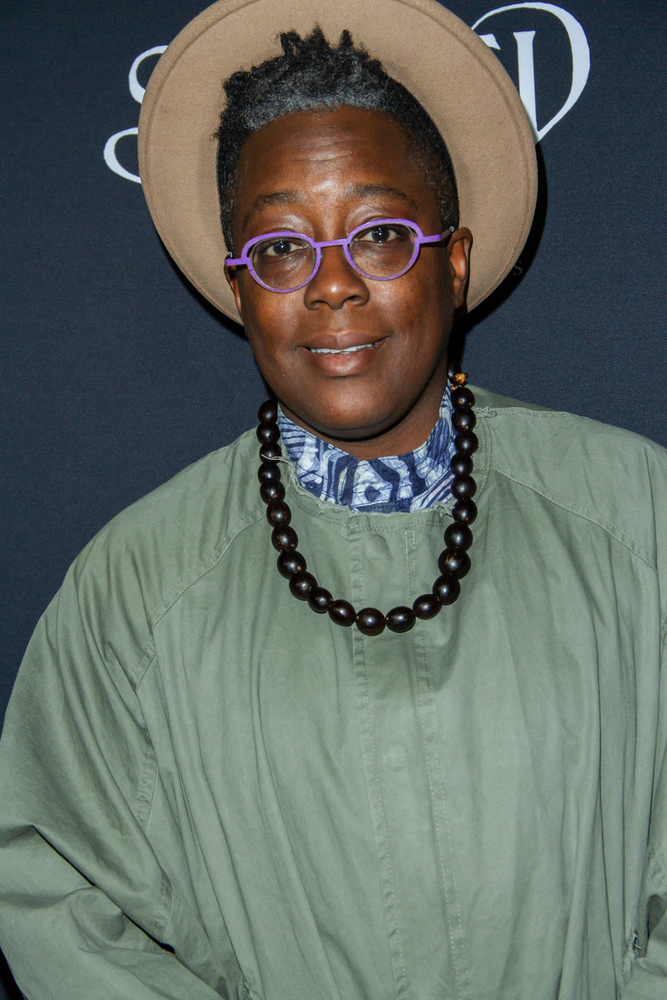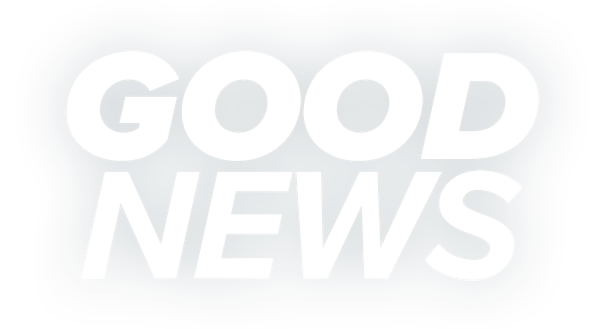LGBTQ+ directors are often boundary pushers. Some, like John Waters, push the bounds of good taste. Others, like Vera Drew, have pushed what can be legally done in a movie.
Even when LGBTQ+ directors just want to tell their stories without blowing minds, bringing queer stories to screens is in its own way revolutionary. Especially in the past, when censorious laws restricted LGBTQ+ characters to merely being depicted as queer-coded villains. Here are 20 of our favorite LGBTQ+ directors who are projecting their big ideas onto the silver screen.
1. John Waters

2. Vera Drew

Never Miss a Beat
Subscribe to our newsletter to stay ahead of the latest LGBTQ+ political news and insights.
3. Leo Herrera

4. Marlon Riggs

5. Gregg Araki
Gregg Araki was one of the shining lights of the New Queer Cinema movement of the 1990s. His visual style is striking and bold, be it the checkerboard motif of his “heterosexual movie” The Doom Generation, or the wild content of Nowhere. His most recent film is 2014’s White Bird in a Blizzard, and he’s done a number of television episodes, including for Riverdale and American Gigolo.
6. Saul Williams
Saul Williams is a true renaissance man. He makes outstanding music, he’s a poet, he’s an actor and a filmmaker. His most recent work is the mindblowing Neptune Frost, co-directed with Anisia Uzeyman, an afro-futurist film about a group of hackers in Rwanda who are able to spread their message to the world at large via techno-kineticism (meaning they can control tech with their minds).
7. Jane Schoenbrun
Jane Schoenbrun‘s breakthrough debut We’re All Going to the World’s Fair, was a quiet, sad story exploring a teen’s relationship with an online creepypasta and her friendship with an older man. Their new film, I Saw the TV Glow, has gotten amazing buzz. Like its predecessor, it’s about how teens interact with media, in this case, a show called The Pink Opaque. It’s rumored that their next project is an adaptation of the Imogen Binnie novel Nevada.
8. Bruce LaBruce
Bruce LaBruce and G.B. Jones founded the homocore/queercore movement — a punk-inspired, highly sexualized and deeply queer art movement dating back to 1985. It became a multimedia movement, with bands like Pansy Division and performance artists like Vaginal Creme Davis under the umbrella. Bruce LaBruce was a big part of the film division with his often-explicit, envelope pushing work, like Saint-Narcisse, Gerontophilia, or 2010’s LA Zombies, which was so provocative, it was banned in Australia.
9. John Cameron Mitchell

10. Cheryl Dunye

11. Isabel Sandoval
Isabel Sandoval is most famous for her 2019 film Lingua Franca, about an undocumented Filipina trans woman living in Brooklyn. Her next film is expected to be Moonglow, set in Manila during the late 1970s. It’s a heist film with a corrupt detective at the center of it.
12. François Ozon
François Ozon‘s debut was the queer satire Sitcom, which had him posed as a potential enfant terrible of French cinema, but his films since have been much broader in appeal. He’s adapted Rainer Werner Fassbinder twice, and even tackled the Catholic Church’s sex abuse scandal in By the Grace of God.
13. Jamie Babbit

14. Pier Paolo Pasolini
Pier Paolo Pasolini is the director of the controversial Saló, or the 120 Days of Sodom, a brutal film loosely based on the work of the Marquis de Sade, but reworked to be a grotesque criticism of Italian fascism. Though Pasolini’s murder is officially unsolved, it’s widely believed his murder is linked with the far-right terrorist criminal group Banda della Magliana, and many believe Saló was one of the reasons for the crime. In 2019, a biopic starring Willem Dafoe called Pasolini came out.
15. Rainer Werner Fassbinder
Rainer Werner Fassbinder is part of the New German Cinema movement of the ’60s and ’70s, and he was almost absurdly prolific. Dying in 1982 at 37, he made over 40 films, in addition to two dozen plays and two television series. Though Fassbinder was himself bisexual, he made a number of gay films, including 1975’s Fox and His Friends, which he called “the first film in which the characters are homosexuals, without homosexuality being made into a problem.” However, some critics called Fox homophobic, due to the film’s pessimistic view of superficial gay men.
16. Pedro Almodóvar

17. Peter “Sleazy” Christopherson
Peter “Sleazy” Christopherson is another jack of all trades. He was one of the founders of the Hipgnosis collective known for its eye-catching, iconic album sleeves during the ’70s — including covers for Pink Floyd and Peter Gabriel. He was also a member of the industrial bands Throbbing Gristle and Coil. As a director, he primarily made music videos, making clips for artists as wide-ranging as Ministry and Hanson. One of the few longer-form works he made was Nine Inch Nails’ infamous short film The Broken Movie, never officially released. The entire uncensored film can be seen on the Internet Archive, following a leak by Trent Reznor himself.
18. Gus Van Sant
Another major figure of the New Queer Cinema movement, Gus Van Sant came on the scene with his debut feature Mala Noche. It was the Keanu Reeves and River Phoenix vehicle My Own Private Idaho that was his first huge success. He also directed Milk, the Harvey Milk biopic, and the first parts of the TV miniseries about gay rights, When We Rise. Recently, he produced and directed a good chunk of the historical TV drama series Feud: Capote vs. the Swans.
19. Joel Schumacher
The late Joel Schumacher may have spent some time in director jail for Batman Forever, which seems to be going under a critical reappraisal these days. But he’ll forever be in our hearts for The Lost Boys, which used vampirism as a metaphor for homosexuality. His debut was the Lily Tomlin-starring The Incredible Shrinking Woman, and he even adapted The Phantom of the Opera for film… though it’s unlikely that film will get a critical boost anytime soon.
20. The Wachowskis

Composite
The Wachowskis‘ debut film was the absolutely brilliant lesbian thriller Bound, and they became megastar directors with the trans allegory The Matrix. Both sisters came out as trans in the 2010s, and have made unapologetically queer films for their entire careers, even before they were out. After Sense8, the Wachowskis embarked on solo projects, including Lana’s Matrix sequel Resurrections.
Don't forget to share:















